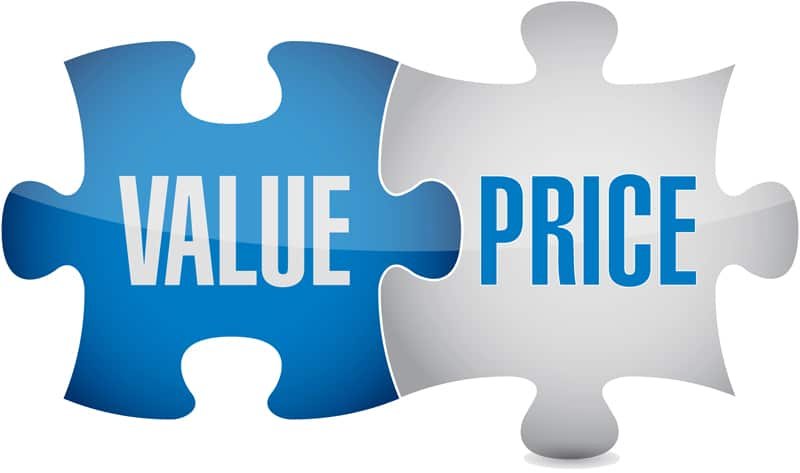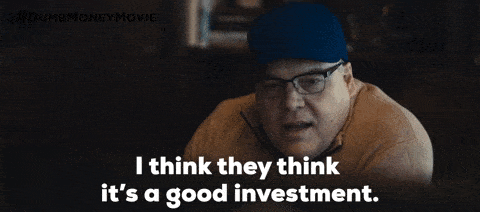Financial concepts and investment strategies can be complex. Many find reviewing their portfolios and understanding the figures presented a challenge. The numbers may not always be what they seem, especially without a clear understanding of how to interpret financial statements.
As a firm dedicated to educating our clients, we strive to provide the tools and knowledge necessary to understand your financial picture thoroughly.
In the spirit of empowerment, we're breaking down a crucial concept: market value versus intrinsic value. Understanding this can transform how you perceive your financial statements and fortify your investment decisions.
Defining Intrinsic Value
Think of intrinsic value as the true worth of an investment, looking beyond the surface. For instance, a company's stock might be selling for $50. That price tag doesn't tell the whole story, however.

The real value (intrinsic value) examines much more - like the company's potential future earnings, its current financial health, and other valuable resources it owns. So, even though the stock is listed at $50, its actual value could be different once you delve deeper.
Exploring Market Value
Real World Scenarios
This difference isn't only crucial for stocks. Consider real estate: A fixer-upper in a nice area might list for $200,000 because it needs a lot of work. That's its market value.


Yet, someone with vision could see its potential, fix it up, and sell it for much more. The value it could have after improvements is its intrinsic value.
The GameStop saga of 2021 vividly showcases this contrast. Investors rallying through social platforms pushed the stock to an all-time high of $347.51.
The pricing hike was not because of the company's fundamental value but due to a surge in buying activity.
This demonstrates the gap between the market price and the actual intrinsic value of the company.


Partnering with an Advisor
Navigating investment terms can be challenging. Our advisors are here to demystify investing and help you feel secure in your financial choices. If you're interested in diving deeper into intrinsic vs. market value or have other questions, we're just a conversation away!









